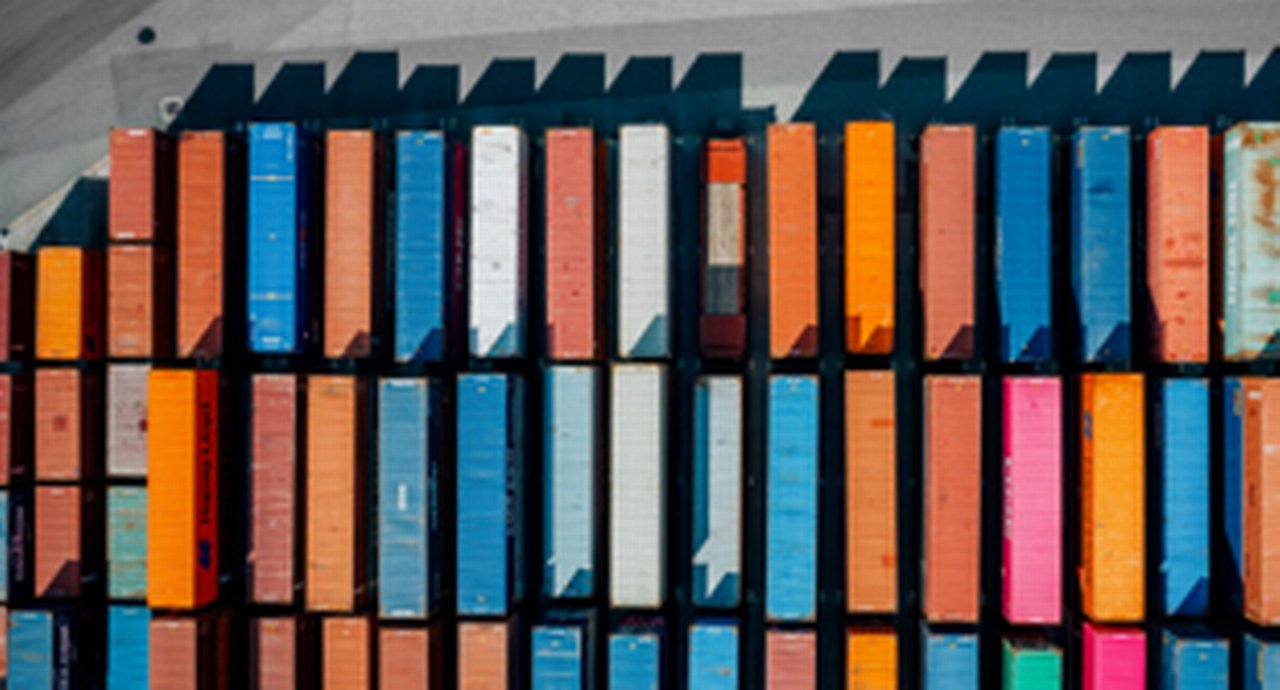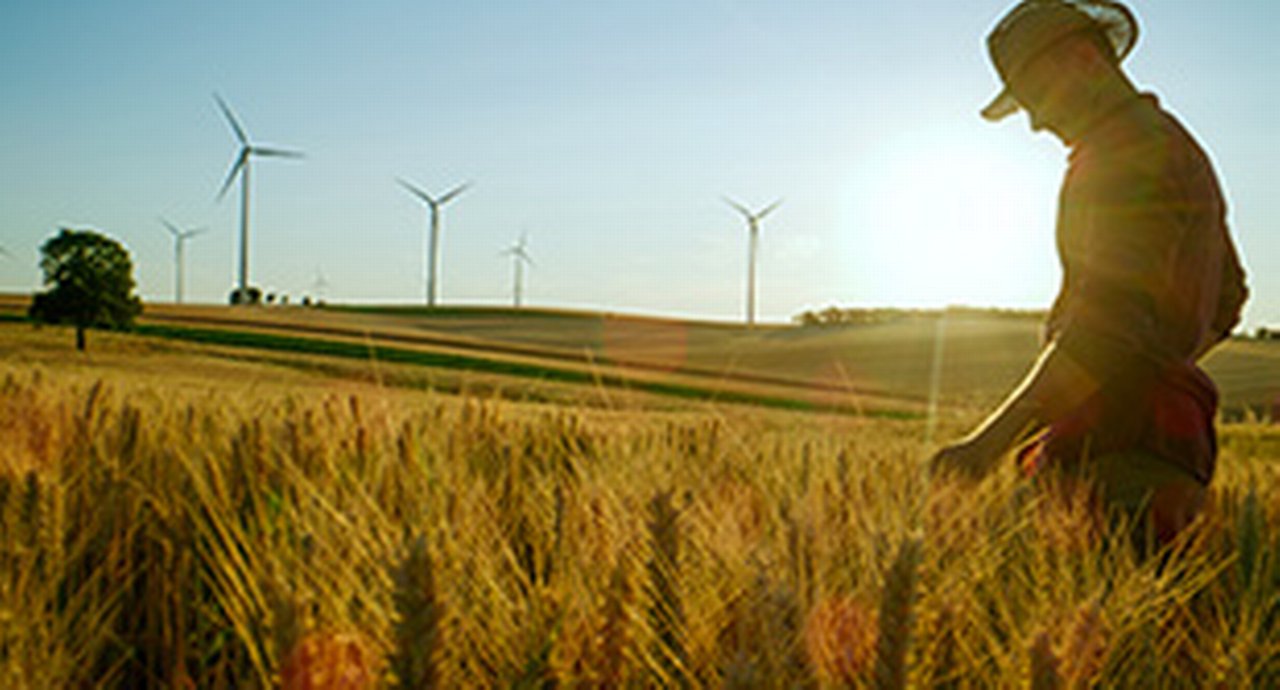11 June 2021
More could be done to address the social reasons why unsustainable trading activities continue, argues Rebecca Harding. Having systems in place to check mirror trade data and supporting communities with alternative sources of income are good starting points
US$1.7trn
After a year dominated by the pandemic, the focus in 2021 has returned to where it was when 2020 began: how do we make everything we do in business greener, fairer and more viable in the future?
As policymakers, businesses and banks everywhere look forward to a post-Covid-19 world, there is a sustainability-framed sense of purpose creeping into fiscal recovery measures, trade policy and investment that was absent when the world was recovering from the global financial crisis of 2008−2009.
While this is to be welcomed, it is important to distil what might look good in financial and governance reporting with what is actually happening on the ground and what measures are in place.
Investor appetite and government policies
The EU’s €750bn recovery fund agreed in July 2020 is likely to contain at least €225bn for green bonds, and investors expect €500bn in issues this year to create a green recovery.1 Estimates of the growth in so-called ‘green’ investing vary, but global environmental, social and governance (ESG) funds have undoubtedly been the big winners over the past year. According to data from Morningstar, Global ESG fund inflows increased from US$165bn in 2019 to US$350bn in 2020,2 with the total assets under management in sustainable funds standing at a record of almost US$1.7trn
by the end of the year.3
By 2022, climate-related disclosure by large corporates will be mandatory in the UK, the EU has already introduced sustainability disclosures from March 2021,4 and in the US, President Biden gained office on a promise to integrate sustainability into every area of government policy, including the tariff regime. In September 2020, New Zealand announced that it would be the first country to introduce sustainability financial reporting requirements,5 possibly as early as 2023. With as many as 78% of major European businesses alone reportedly falling below acceptable disclosure standards on the climate risk they pose,6 regulatory changes are much-needed steps towards cleaning up the balance sheets of large corporates.
There is a big issue with the policies so far, however. Sustainability is not just about climate change. While an important and necessary part of sustainability, the United Nations Sustainable Development Goals cover society and human conditions as well. ‘Green’ issues and impacts are perhaps easier to measure, and one could argue that we need to start somewhere.
Trade data is a good place to start because it shows us the scale of the problem. Trade in products associated with sustainable development (negatively or positively) is at the core of any new reporting that is introduced, but it is also likely to be a major force for change, as tariff regimes will increasingly start to penalise non-sustainable sectors following the lead taken by the US administration.7 Countries themselves clearly have a lot to do, as the following data shows.

Tropical hardwood data
Take illegal logging as an example. Everyone accepts that the destruction of rainforests cannot continue, and trade in logs associated with deforestation is illegal. Anyone involved with tropical hardwood harvesting, processing, or distribution or sales activity that has links with deforestation is liable for prosecution. Yet the process continues because people’s livelihoods in the world’s poorer communities rely on short-term activities that destroy their long-term future. Meanwhile, consumers in bigger markets continue to demand the products of illegal logging, making this a vicious circle that is hard to break.
The best way of measuring this illegal activity in trade terms is to consider the difference between what a country says it is exporting or importing and the ‘mirrored’ flow with its partner. If Country A exports more to Country B than Country B says it is importing, this suggests at best that the trade lacks transparency, or at worst that it contains illegal trade.8 By understanding the size of the gap, a country’s policy stance towards illegal logging becomes evident – the larger the gap, the looser the regulatory framework to prevent illegal logging.
Figure 1 aims to illustrate the problem for the tropical hardwood ‘not elsewhere specified’ sector. This is a generic sector that captures the tropical hardwood products omitted from more specific classifications. It is a sector on the EU watchlist for illegal logging trade.9
Figure 1 shows the top 10 largest import flows in this sector by country for 2019. As imports are usually subject to tariffs they give a better picture of any inconsistencies between what a country says it is importing and what happens when all the trade is mirrored. It tells us that China appears to record its trade in this sector accurately, but other countries are falling short. Vietnam, for example, is highly divergent, and Germany has a divergence of nearly 200% on what it appeared to be importing officially and what it actually imported once everything was totalled up.
Rough hardwood data
The same pattern applies for rough hardwood not elsewhere specified, another watchlist product. Figure 2 indicates a non-specific country, ‘Areas not elsewhere specified’ (Areas NES), which is the second largest importer of this product. It isn’t possible to determine the difference between what this region says it is importing and what it actually imports in percentage terms is, because all of its data is mirrored – that is, it does not report as an entity itself, but countries export to it.
In other words, it embodies the illegal flows in this particular high-risk product. Behind all of this is the fundamental paradox observed earlier: in emerging economies, as long as people’s lives depend on illegal trade, it will continue; and while consumers in developed world markets continue to demand the products of that illegal trade, there is no incentive to change.
If we intend to make a difference and create sustainable trade in every sense of the word, then sustainability targets need to include access to healthcare, protection against fraud and crime, educational and work opportunities and the right to housing and clean water as basics. In short, while the regulations, such as those ‘preventing’ illegal hardwood trade are welcome, they do not address the issue of communities needing alternative sources of revenue.

Deciduous woodland data
As if to reinforce the point that it is developed world demand that is causing deforestation, untreated oak is also a watchlist sector, with deciduous woodland deforestation dominant across Europe, Russia and into China, as well as in North America.
Figure 3 shows that seven of the top 10 untreated oak exporters have a major discrepancy between what they say they are exporting and what they actually export, once the mirrored flow is taken into account. Only the US, as the largest exporter, is actually over-reporting its exports, since the difference is negative.
By contrast, France, Germany and Russia are respectively the second, fourth and fifth largest exporters globally of this type of deciduous hardwood, but there is a major discrepancy between what these countries say they are exporting and what they actually export; amounting to 87% for France, almost 56% for Germany and just over 30% for Russia. Worse still, Denmark and Canada show mirrored differences of 580% and 219% respectively – given that they are small values overall, this suggests they severely under-report their exports.
The largest importers of untreated oak are China and Vietnam. Around 80% of France’s exports of oak go to these two countries where it is processed and sent back to Europe. Much of this trade is not measured however – France’s exports as shown in Figure 3 are not reported reliably and China and Vietnam had not provided export data for processed oak hardwood. Their imports are divergent by nearly 22% (China) and 28% (Vietnam), suggesting again that there is considerable irregularity in reporting in this closely scrutinised sector (see Figure 4).
What is also striking about Figure 4 is that Italy has such a high difference between what it says it is importing and what it actually imports after the mirroring process is taken into account. Italy is a major manufacturer of furniture and imports about 80% of its timber. It is therefore highly exposed to the illegal log trade and it appears to be particularly severe for untreated oak.10
Regulatory challenge
Clearly, there is a regulatory challenge, which goes beyond the economic development challenge highlighted above and runs through the trade system itself. It has to be addressed both via business reporting requirements and through effective incentivisation. The current and proposed requirements put pressure on businesses for sustainability disclosure.
Rather, there needs to be a shift in the way financial services provision works with the regulators to incentivise sustainability throughout the supply chain. This is manifested most explicitly through the compliance function: if a company is not complying with reporting standards, that is easy to measure and monitor and decisions can be made accordingly. However, there is far more that needs to be done. For example, sustainability standards and benchmarks need to be agreed consistently across the world so that banks can manage their own and their clients’ legal and regulatory risks.
What is clear, however, is that governments, businesses and banks are beginning to align around the complexity of this agenda. There is an understanding that this task cannot be undertaken by one part of the system alone. For example, if the credit system is to be used to encourage compliance with a more complex definition of sustainability, there needs to be a shared definition both of sustainability, and of what can be usefully measured within that definition, and a tough global regulatory system alongside it. This goes beyond existing know-your-customer and anti-money laundering considerations to a broader concept of sustainability ‘kite marks’ that are comprehensive and accepted by all. An equivalent on the consumer side is the ‘Fair Trade’ mark allocated to businesses for compliance to a code of sustainability criteria. Applying a sustainability kite mark from a credit assurance process would require collaboration, measurement and tracking on a colossal scale using the methodologies of ‘spatial finance’.11
This framework would ensure that the process of allocating accreditation would be outside of sensitive transactional or commercial frameworks between banks and their clients, and therefore independent and replicable.
The issues of sustainability, economic inclusion and equality of opportunity are much harder to track, yet this data shows that the information is out there somewhere. Digging deeper into these issues is essential if the investment and regulatory systems are to step up with a framework that everyone can both understand and embed in their businesses.
Dr Rebecca Harding is CEO of Coriolis Technologies and an independent trade economist
Sources
1 See https://on.ft.com/3eQw47L at ft.com
2 See https://on.ft.com/3llPS3S at ft.com
3 See https://on.ft.com/3vuDa7w at ft.com
4 See https://bit.ly/3bSzLrG at bakermckenzie.com
5 See https://bit.ly/3rUHASW at news.bloomberglaw.com
6 See https://bit.ly/3rTyiqx at cdsb.net
7 See https://bbc.in/3dWlbz7 at bbc.co.uk
8 See https://bit.ly/3tr7LB6 at forest-trends.org
9 See https://bit.ly/3vuFzzd at ec.europa.eu
10 See https://bit.ly/3s5qcLi at salvaleforeste.it
11 See https://bit.ly/2Q9A6xE at wwf.org.uk
You might be interested in
Trade finance and lending
More Rethinking global supply chains
Supply chain finance (SCF) industry experts gathered virtually for BCR’s 6th Annual Supply Chain Finance Summit to discuss how the industry is recovering from Covid-19 dislocation, embedding ESG into platforms and schemes, and progress on automation and digitalisation. Clarissa Dann reports
TRADE FINANCE, SUSTAINABLE FINANCE
Sustainability and supply chains Sustainability and supply chains
While ESG principles and alignment start at home, they must carry through to supply chains, explain Deutsche Bank’s Anil Walia and Bjoern Goedecke in BCR’s World Supply Chain Finance Report 2021
Sustainable finance, Regulation
Journey to green in ESG transformation Journey to green in ESG transformation
As capital pours into ESG investing, how are regulatory frameworks developing to support this growth? flow’s Clarissa Dann focuses on key points from dbSustainability Research analysis




